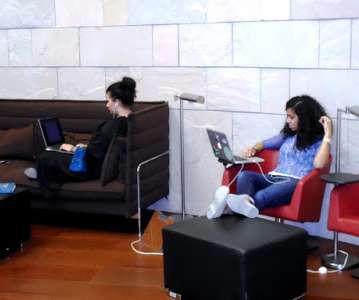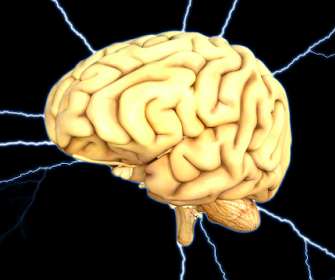Theories for the digital age: Postmodern perspectives
Learning with e's
OCTOBER 28, 2012
Consumers of Web based content tend to search randomly and nomadically, due to the multi-layered, multi-directional nature of hyperlinked media and this aligns neatly with some post modern theory. 1964) The Painter of Modern Life , New York, NY: Da Capo Press. Originally published in Le Figaro, in 1863). Cormier, D. London: Continuum.














































Let's personalize your content